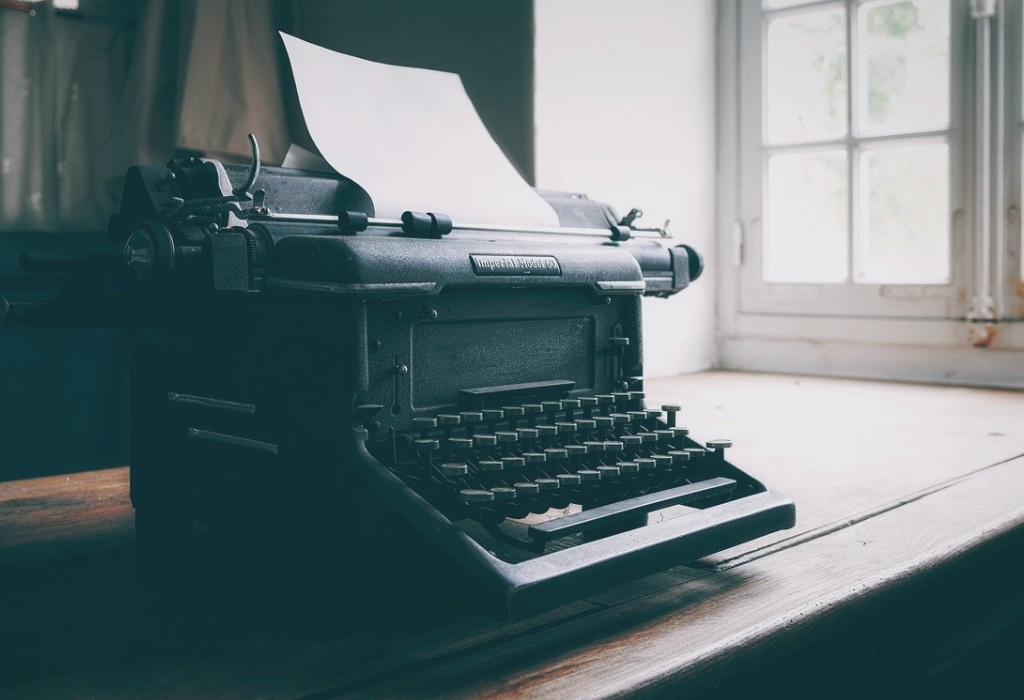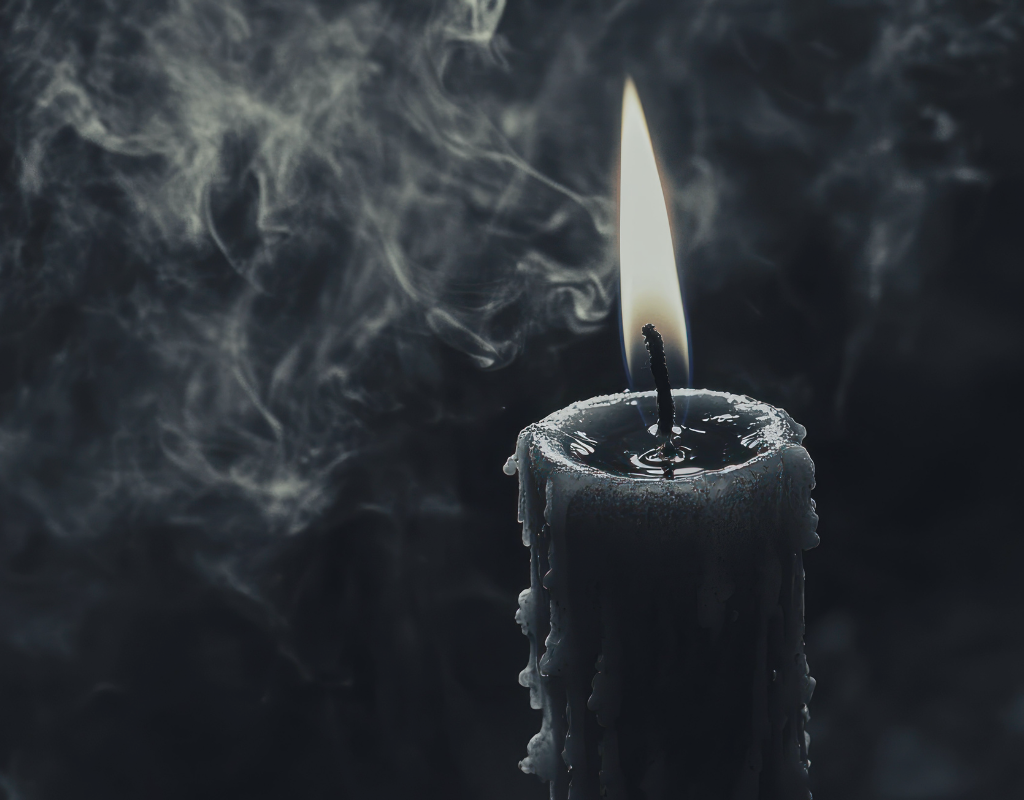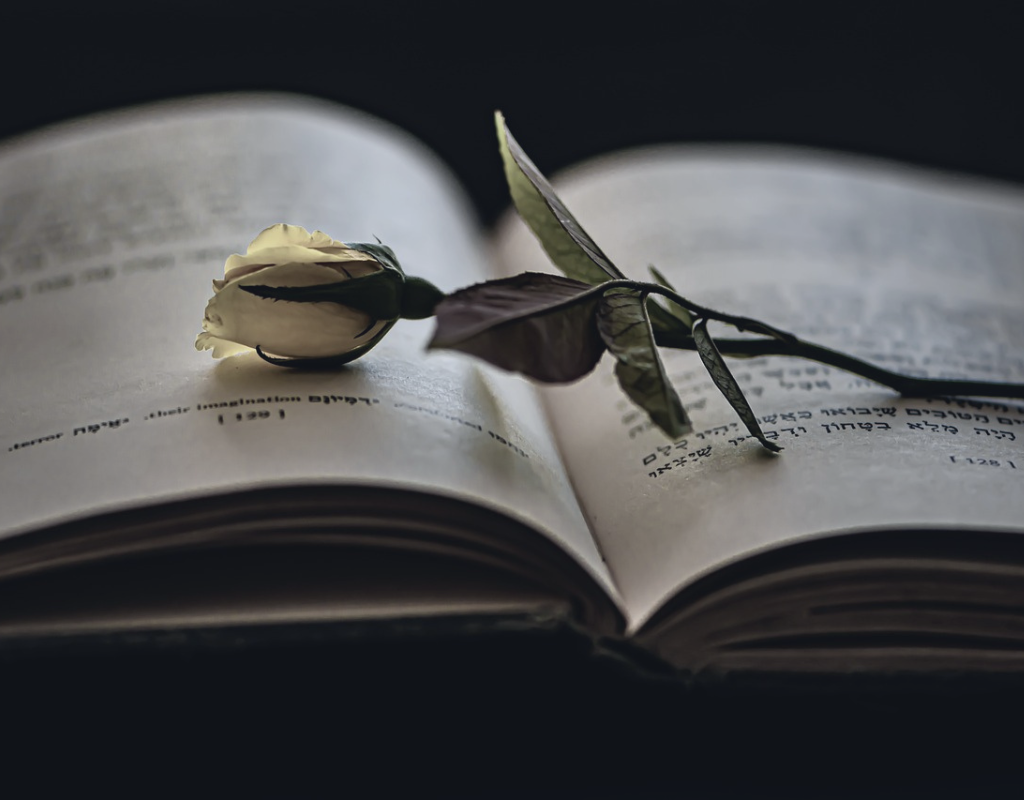What Is Included in a First Draft?

If you’ve just started your writing journey or are diving into your first novel, you might be wondering: What should I actually include in my first draft?
Well, it’s a little different from the polished version you dream of.
The first draft is all about getting the ideas down and starting to shape your story—no need for perfection just yet!
In this post, we’re going to break down what should—and shouldn’t—be in your first draft.
Trust me, once you know this, you’ll feel so much more confident getting that first draft out of your head and onto the page.
Include: The Basic Structure of Your Story
The most important thing to include in your first draft is the basic structure of your novel.
This doesn’t mean you need everything to be perfect, but you should have the beginning, middle, and end in place.
This will help you stay on track and make sure your story has direction.
For example, let’s say you’re writing a YA paranormal novel about a girl who discovers she’s part werewolf.
In your first draft, you’ll want to include:
- The Setup: Who is your main character? What’s their normal life like before everything changes?
- The Conflict: What triggers the change in your character’s life? Maybe it’s an unexpected encounter with another werewolf.
- The Resolution: How do things resolve by the end? Do they embrace their werewolf identity, or is there another twist?
Your first draft doesn’t have to have all the details fleshed out yet, but these broad strokes will give you a solid foundation.
Include: Raw Dialogue and Descriptions
Don’t worry about perfecting your dialogue or descriptions just yet.
Write it all down—even if it feels rough.
The first draft is where you let your imagination run wild, and that means writing down whatever comes to you, even if it’s a little messy.
Later, you can go back and refine it.
Example: You might write something like, “She gasped as her eyes glowed, the shift happening faster than she could control. ‘What am I becoming?’ she whispered.”
It’s not going to win any awards at this stage, but it’s the core emotion and action you want to capture.
You’ll smooth it out in later drafts, but for now, just write it down.
Include: Your Character’s Motivations and Backstory (In Broad Strokes)
At this stage, you want to get a rough idea of who your characters are, what they want, and what drives them.
Don’t worry about deep psychological analyses right now—just the essentials.
Who are they at their core, and what do they want? Why do they make the choices they make?
For instance, if your character is a vampire hiding their identity, in your first draft, you’ll want to establish why they’re hiding and what their biggest fear is.
But you don’t need to write out their entire backstory or motivations in great detail yet.
Let those details come to light later as you refine the draft.
Don’t Include: Perfectionism
One of the biggest traps we writers fall into during the first draft is trying to make everything perfect from the start.
Newsflash: That’s not the point of the first draft.
It’s okay if your prose is a bit clunky or your pacing is off.
This is your chance to get the ideas out. You can always revise later.
For example, if you’re writing a scene and you’re unsure of what comes next, don’t stop and stare at the screen for hours.
Just write something. Even if it’s not perfect, it’ll give you something to work with when you go back to edit.
Don’t Include: A Polished Plot (Yet)
Yes, you might have a general idea of how the story will unfold, but the first draft isn’t about getting every plot point nailed down.
Let things unfold as you go.
You may discover new twists, character arcs, or plot developments as you write.
Allow your story to evolve naturally—this is where the magic happens.
For instance, your first draft might have the main character solving a mystery, but as you write, you might realize they need to focus more on personal growth or an unexpected romance.
That’s okay! This is just the first step in the bigger process.
Organize Your First Draft with the Author Planner
If you’re feeling a little overwhelmed about where to start, The Ultimate Author’s Planner is your secret weapon.
With handy checklists, templates, and tips for structuring your first draft, the planner helps you keep track of your progress and stay organized as you write.
It takes the stress out of organizing your novel and lets you focus on the fun part—writing!
With The Ultimate Author’s Planner, you’ll have a clear roadmap to guide you from start to finish, no matter where you are in the writing process.
Plus, with its handy checklists for first-draft content, you’ll always know what to include (and what to leave out) as you work through your draft.
Need more help?
Ready to unlock your full writing potential?
Explore a magical collection of digital products crafted from my own writing journey to help you create unforgettable stories.
Whether you’re just starting out or fine-tuning your craft, there’s something here for every writer.
Dive into The Ultimate Writing Collection, with over 1,000 pages of inspiring tips, guides, and resources, or organize your creative process with The Ultimate Author’s Planner—a beautifully designed 250+ page planner packed with templates and insights to guide you from idea to publication.
For deeper support, check out The Writing Guides Collection or The Cheat Guides Collection. These collections are filled with practical advice, creative tasks, and unique insights drawn from my personal experience as a writer—perfect for enhancing your storytelling and world-building skills.
Visit the Author’s Toolkit now to explore and find the perfect tools to make your writing journey a success.
All guides are also available individually, so you can choose exactly what you need!
Happy writing,











